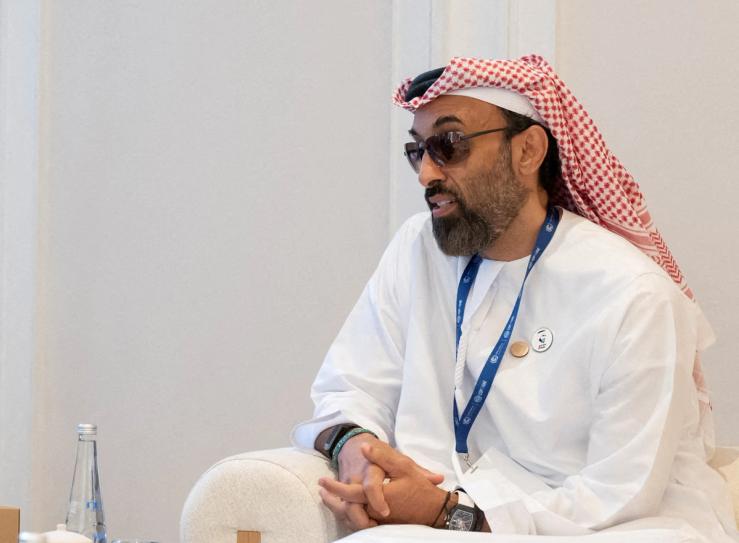The Scoop
The blockchain and stablecoin project directed by Sheikh Tahnoon bin Zayed, brother of the UAE’s president will encompass international payments, digital identity, and energy trading in emerging markets, with an initial focus on Africa, an executive involved in the effort told Semafor.
Subsidiaries of International Holding Co. (IHC), the $240 billion conglomerate chaired by Sheikh Tahnoon, will integrate the ADI Chain and stablecoin into their operations, potentially reaching millions of users outside traditional financial systems.
A “major payments provider” in Africa will be the first partner, ADI Foundation CEO Andrey Lazorenko, who is overseeing the project, told Semafor. He declined to name the payments processor in Africa.
Know More
Sheikh Tahnoon has tapped three entities he chairs — sovereign wealth fund ADQ, which focuses on infrastructure and energy investments; First Abu Dhabi Bank (FAB), the UAE’s largest lender; and IHC — as founding partners in the stablecoin project.
The dirham-pegged stablecoin, to be issued by FAB, “will be the financial backbone” of the ADI Chain, Lazorenko said. (ADI Foundation is a unit of Sirius International Holding, the digital arm of IHC, and was launched this year.)
Kelsey’s view
The ADI Foundation’s stated mission is to bring 1 billion people into the digital economy by 2030. It has chosen ZKsync, a blockchain scaling technology from Matter Labs — backed by Andreessen Horowitz — as the foundation for the ADI Chain. So far, its use has been largely institutional.
Bringing the technology out of testing environments and crypto exchanges, and into the real world at an unprecedented scale, is key to ADI Foundation’s success. Built on Ethereum, ZKsync promises speed, privacy, and efficiency. The US Department of Defense is evaluating the technology, and UBS tested it with gold purchases. Its speed and privacy offerings have revived institutional interest in blockchain, according to crypto media company Coindesk.
“People will quickly notice the effects of the dirham stablecoin,” Alex Gluchowski, Matter Labs, told Semafor. “It will allow local businesses and consumers to digitally transact in a more efficient and transparent way.”
The digital dirham likely further entrenches the US dollar’s dominance, because the UAE’s currency is pegged to the greenback, but gives US regulators less oversight over financial flows. Stablecoins, which unlike other cryptocurrencies are typically pegged 1:1 to a fiat currency, are also potentially lucrative for a non-bank like IHC’s ADI Foundation and Sheikh Tahnoon, the deputy ruler of Abu Dhabi and UAE national security adviser who is often referred to as Abu Dhabi’s $1.5 trillion man. In exchanging cash for stablecoin, the firm can earn interest on those holdings, otherwise known as earning the float.
The View From Washington
Donald Trump Jr., the US president’s eldest son, expects a proliferation of stablecoins, with Washington at the forefront, the Financial Times reported. Driven by a crypto-friendly Trump administration, the stablecoin market has grown to nearly $300 billion so far in 2025, up 42% year-to-date, according to JPMorgan. The surge will reinforce the US dollar’s dominance as the global reserve currency, Trump said.
Step Back
IHC could provide the dirham stablecoin with immediate scale: The firm has some 1,300 entities spanning agriculture, commodities, critical minerals, insurance, health care, and real estate. Its portfolio includes stakes in Aldar, Abu Dhabi’s largest property developer, health care provider PureHealth, and a Zambian copper mine. IHC dominates Abu Dhabi’s stock exchange, but has few analysts covering it because its corporate reporting practices remain relatively opaque.
The ADI Foundation has around 50 target projects in its pipeline, in emerging markets across the Middle East, Africa, and Asia.
Notable
- In response to the rapidly growing stablecoin industry, payments standard bearer Swift is creating its own blockchain to facilitate transactions between global banks, the Financial Times reported.


